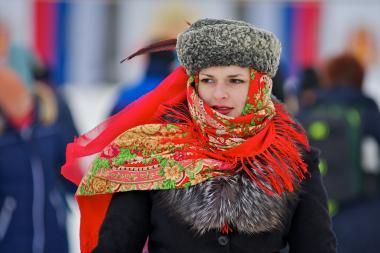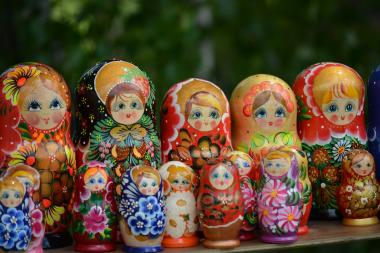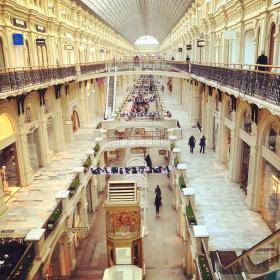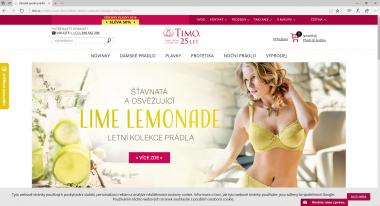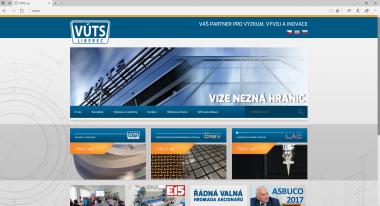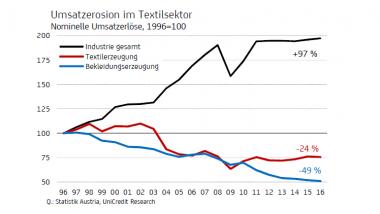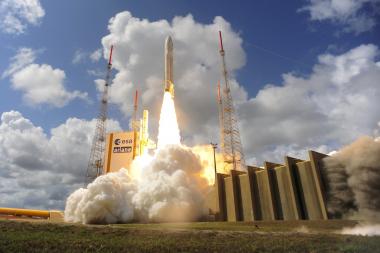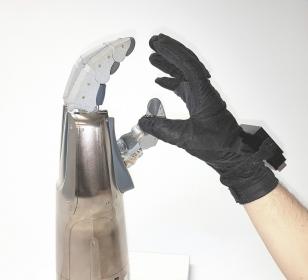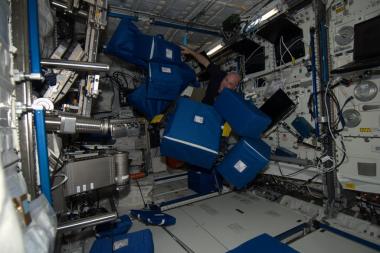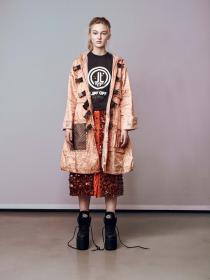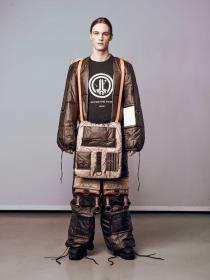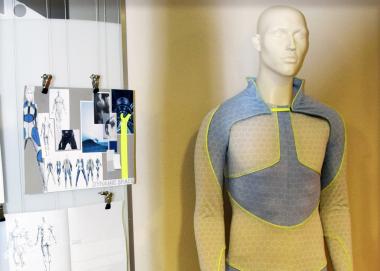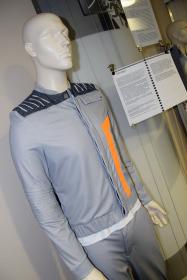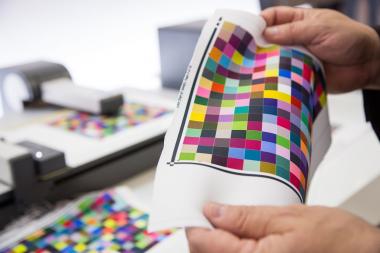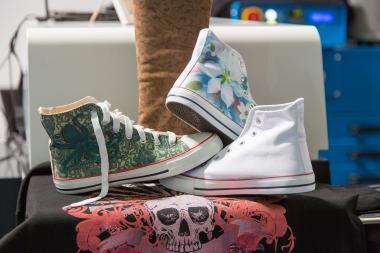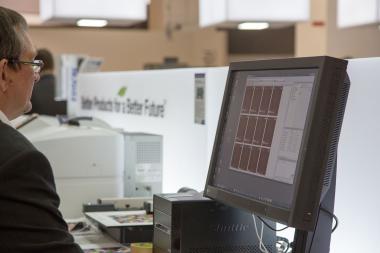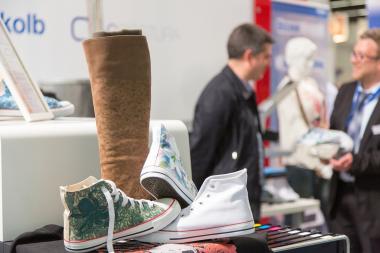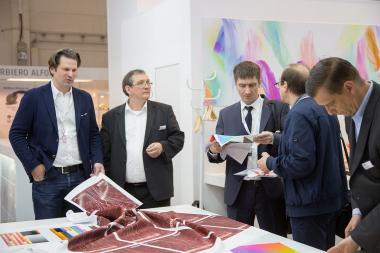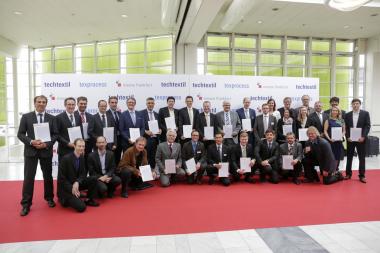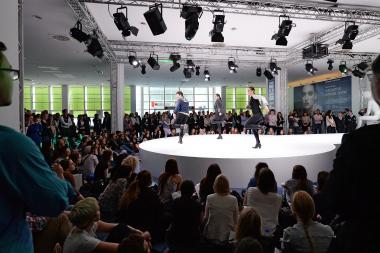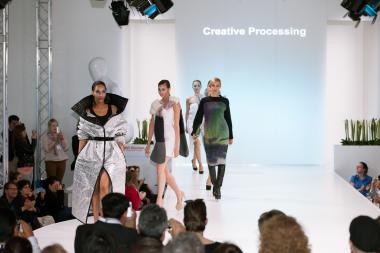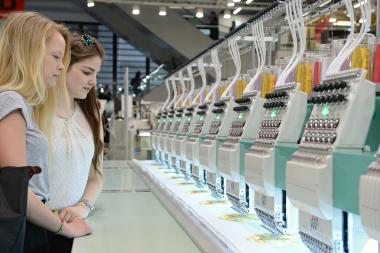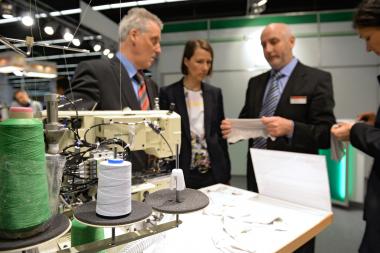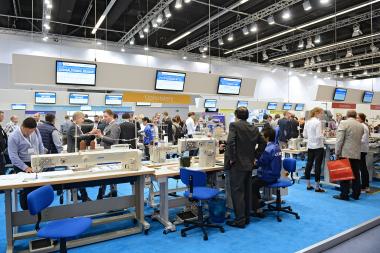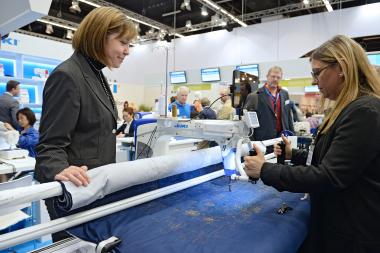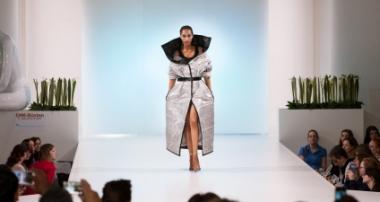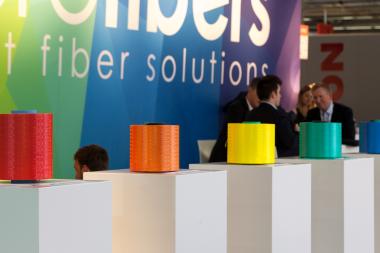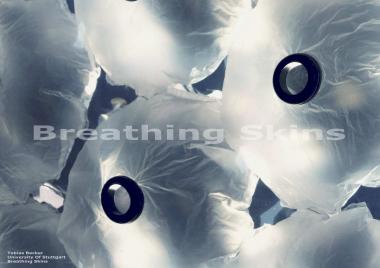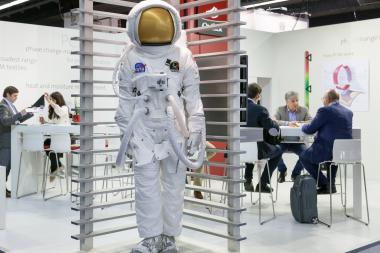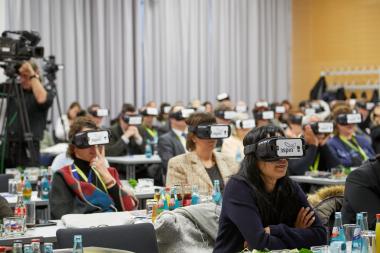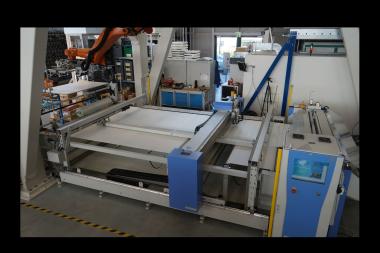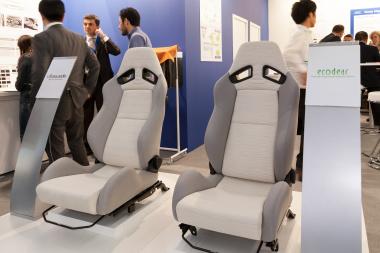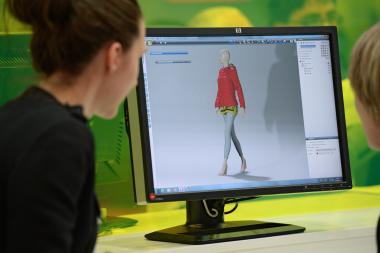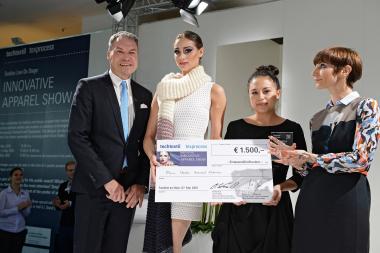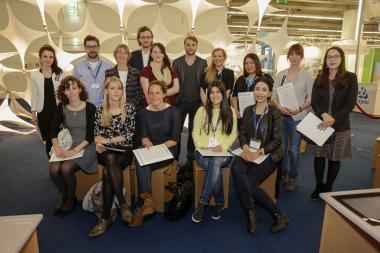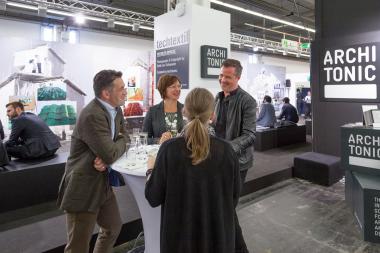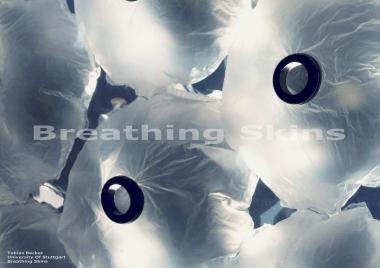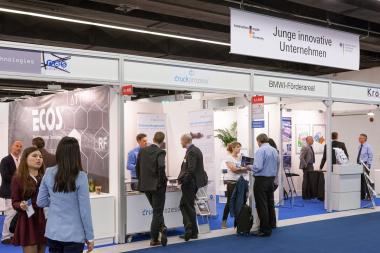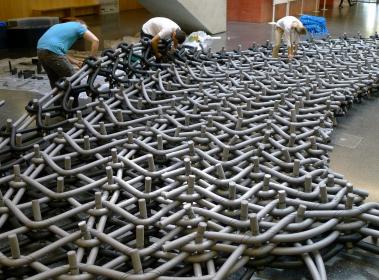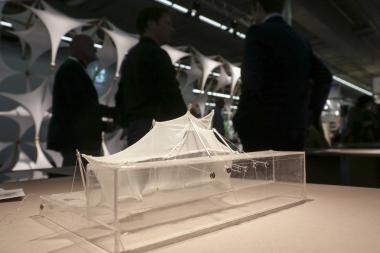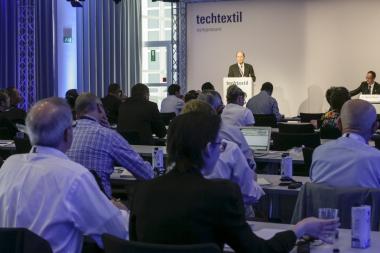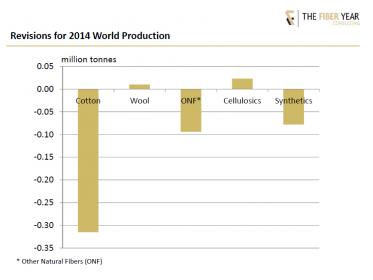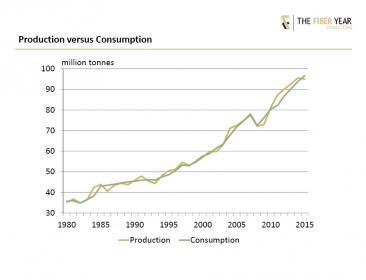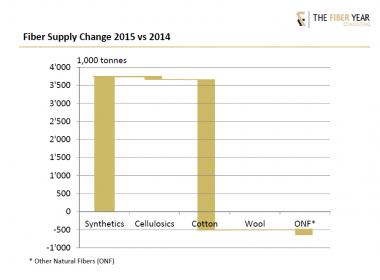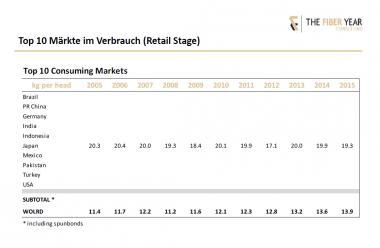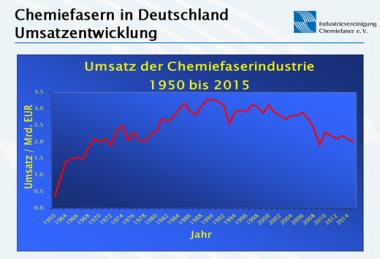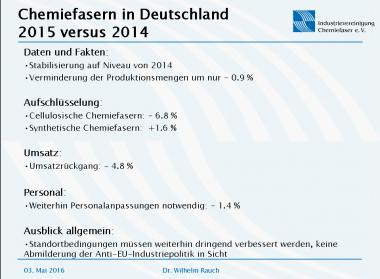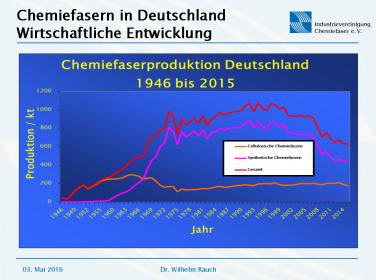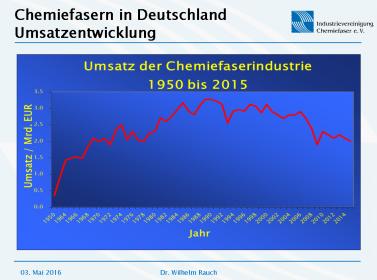RUSSIA'S APPAREL AND TEXTILE INDUSTRY IS BOOMING
- Domestic production is attractively priced
- Foreign brands shift production tu Russia
Moscow (GTAI) - The Russian market for clothing and tex-tiles has recovered from the crisis. The Fashion Consulting Group expects a sales increase of up to 5 percent for 2017 and 2018. The production of clothing and textiles is also on the rise in the first half of 2017 by more than 6 percent. Low unit costs make sewing and weaving in Russia attractive and attract foreign brand manufacturers.
The Russian clothing and textile industry is again on a growth path. The market research agency Fashion Consulting Group expects a sales increase of up to 5 percent to Ruble 2,41 billion, (EUR 37.35 billion, exchange rate January 1st to August 31st 2017: 1 EUR = 64.518 rubles) for 2017 compared to the previous year. However, the business development in the first half of 2017 re-mained below expectations as the spring was short and the summer unusually cold. The most likely expectation therefore is a market growth of 2 to 3 percent.
However, with the crisis based Ruble devaluation the signs have changed. Imports become more expensive and domestic production becomes profitable. The unit labor costs in the Russian cloth-ing and textile industries have now become more competitive with those in China. This creates sales opportunities for manufacturers of automated production machinery and sewing machines.
Foreign garment manufacturers move production to Russia
First companies are already considering moving their production to Russia. For example the company Modny Continent, which is known for the brand In-City and is currently producing in China. Other wellknown
Russian labels like Sportmaster and Acoola, as well as foreign fashion brands such as Zara, Nike, Finnflare, Uniqlo and Decathlon are planning to launch their own productions in Russia. Some Russian companies are sewing under a foreign brand name and hide their origin.
Already one step further is Adventum Technologies. The to the Textime (Tekstajm) Group belonging company opened a new plant for the production of special clothing in the area of Tula for Rubles 650 million in March 2017. In Roslawl in the Smolensk region, the Roztech company is installing a plant for the manufacture of Dikaja Orchideja underwear for Rubles 100 million. PrimeTec (Prajmtek) has started the production of terry cloth in the area of Ivanovo for Rubles 670 million.
| Project | Investition (Mio. Euro) |
City / Region | Completion | Company |
| Construction of a high-tech center | 312.5 (1st phase) |
Rostow | 2019 (1. Phase) |
Gloria Jeans, http://www.gloria-jeans.ru |
| Construction of new facilities for the production of textiles | 17.9 | Iwanowo | 2020 | Faberlic, http://www.faberlic.ru |
| Construction of a textile factory for the segment HoReCa | 17.1 | Rostow | n.a. | Rapira, ooorapira.ru |
| Construction of new facilities for manufacturing of high tech fabrics | 8.5 | Perm | 2018 | Tschajkowski Textile, http://www.textile.ru |
| Construction of production facilities terry goods | 7.8 | Gebiet Kaliningrad | n.a. | Rapira, ooorapira.ru |
| Construction of a factory for the production of technical textiles | 5.9 | Pskow | 2018 | Strimteks, http://www.strimteks.ru |
| Construction of facilities for medical materials | 5.7 | Iwanowo | 2020 | Navteks, http://navteks.narod.ru |
| Construction of facilities for the production of speciality clothing | 4.6 | Perm | n.a. | Tschajkowski Textile, http://www.textile.ru |
| Facilities for the production of linen yarn | 1.7 | Rschew, Gebiet Twer | n.a. | Rshewskaja Lnotschesal-naja Fabrika, http://izolnarzhev.ru/new/ |
Source: Research of Germany Trade and Invest
Government pushes import substitution
The Ministry of Industry promotes domestic manufacturers of clothing and textiles with Rubles 145 billion as part of the strategy for the development of the light industry by 2025 and the anticreep plan. By the year 2020 the market share of Russian textiles should rise to 50 percent and 300,000 new jobs should be created. This will make Russia more independent from clothing and textile imports.
The government specifically supports individual textile segments. With regulation no 857 of August 27th 2016, it promotes the production of school uniforms in Russia. Also for research and development in the textile industry funding will be provided: for 2017 Rubles 3 billion are available, 2.2 billion from the anti-crisis plan.
However, the somewhat stabilizing Ruble threatens to cross the plan of the government, it cheapens the imports. In the first quarter of 2017 imports of textiles and footwear increased by 22.7 percent.
| Description of goods | 2014 | 2015 | 2016 | Veränderung 2017/2016 *) (in %) |
| Cotton fiber (mio. bales) | 106.0 | 111.0 | 129.0 | 8.9 |
| Chemical fiber (1.000 t) | 128.0 | 136.0 | 152.0 | 10.3 |
| Synthetic fiber (1.000 t) | 20.3 | 15.1 | 21.2 | -12.0 |
| Fabrics (mio. sqm) | 3,907.0 | 4,542 | 5,409 | 11.8 |
| .therof from: | ||||
| .Cotton | 1,187.0 | 1,176.0 | 1,162.0 | 0.4 |
| .Natural silk (1.000 sqm) | 192.0 | 253.0 | 157.0 | 8.9 |
| .Wool (1.000 qm) | 11.5 | 9.3 | 10.5 | 18.7 |
| .Linen | 31.4 | 25.9 | 25.5 | 10.7 |
| .Synthetic fiber | 204.0 | 237.0 |
282.0 |
22.9 |
| .Nonwoven fabrics (except wadding) | 2,461.0 | 3,084.0 | 3,904.0 | 15.4 |
| Bedlinen (mio sets) | 64.4 | 59.8 | 58.6 | 0.9 |
| Carpets (mio. sqm) | 17.1 | 22.6 | 22.4 | -14.8 |
| Knitwear (1.000 t) | 7.6 | 14.2 | k.A. | 25.5 |
| Stockings and socks (mio. pair) | 207.0 | 199.0 | 213.0 | -7.6 |
| Coats (1.000 pc.) | 1,239.0 | 989.0 | 1,200.0 | -8.8 |
| Men’s suits (mio. pc.) | 5.4 | 4.7 | 4.0 | -4.0 |
| Work wear & uniforms for men (mio.pc.) | 22.8 | 20.7 | 22.0 | 28.9 |
*) First half year 2017 compared to the same period of last year
Source: Federal Statistical Office Rosstat
Weak ruble makes manufacturing in Russia attractive
The ruble devaluation benefits the labor-intensive textile industry. Many Russian fashion brands, who have placed orders to foreign sewing companies, are trying to redirect them to Russia. The factories in the textile clusters of the areas Ivanovo, Leningrad, Tula, Tver, Vladimir, Perm and Vologda are ready for new settlements. Ac-cording to plans by the regional government, textile production should also be set up in Tatarstan. The proximity to polymer producers in the region should ensure the supply of chemical fibers for the manufacturing of work wear and uniforms.
Without an own production of wool, silk, flax and synthetic fibers the Russian textile industry can-not get on its feet. However - to date, not all textiles and basic materials can be obtained from domestic sources. This is why very fine fabrics come e.g. from Europe. Local producers are to re-place imports especially in polyviscose, worsted, polyamide and polyester.
In order to reduce the import dependency of polyester, a new combine for the production of poly-ester fibers is being developed in Witschuga in the Ivanovo region. ThyssenKrupp, Uhde-Inventa Fischer, Oerlikon Neumag and Czech Unistav Construction are building the new Ivanovsky Poly-efirni complex, which is scheduled to commence production in 2020.
Foreign textile imports could be replaced much faster by Russian goods and the growth rates would be much higher if the banks would provide affordable loans to local textile manufacturers to buy new equipments. But this does not happen according to the president of the Russian Union of Entrepreneurs of the Textile and Light Industry Andrej Razbrodin.
Investors are faced with various challenges in setting up textile productions in Russia: the produc-tion plants are mostly outdated, skilled workers are a shortage as well as sales partners. Only if the Russian government's development program for the garment and textile industry will be suc-cessfully implemented, these problems could be overcome.


